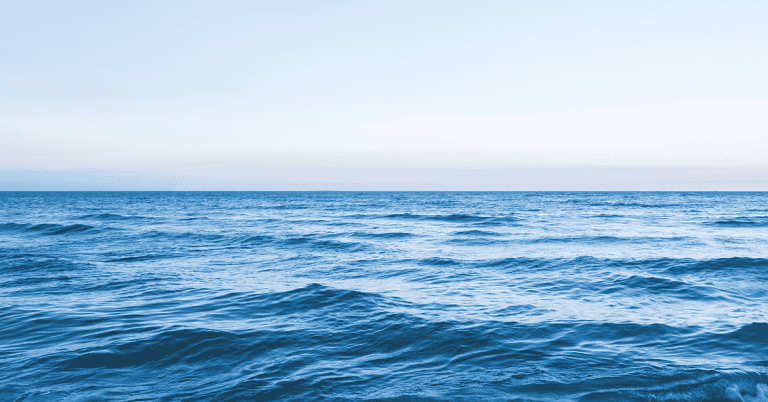The world’s oceans are under threat, and one of the biggest problems we face is ocean acidification. Carbon emissions are causing oceans to become more acidic, which is having a catastrophic effect on marine life, particularly for animals that have shells or skeletons made of calcium carbonate. The good news is that scientists are exploring new ways to combat this problem. Enhanced rock weathering (ERW) is one of these solutions, and it appears to hold great promise. In this article, we will explore ERW and its potential to increase ocean alkalinity and the implications this has for ocean acidification and marine ecosystems.
ERW and the problem of ocean acidification
Ocean acidification is a major environmental issue that is increasingly affecting marine ecosystems. Excessive levels of CO2 in the atmosphere get absorbed by seawater, which then reacts with water to form carbonic acid.
This causes a decrease in ocean pH and calcium carbonate concentrations, leading to significant effects on marine life such as the reduction of calcification rates of marine organisms, including coral reefs, shellfish, and other calcifying organisms.
In this context, Enhanced Rock Weathering (ERW) has emerged as a potential solution to combat the issue of ocean acidification.
ERW involves the application of crushed silicate minerals and rocks to soils, which results in the weathering of minerals and the release of calcium and magnesium ions. These ions react with CO2 to form bicarbonate ions, which increases seawater alkalinity.
This method has the potential to make significant contributions to counterbalancing the ongoing effects of ocean acidification. Besides that, ERW has other significant benefits that make developing this technology a potential key to mitigating various modern issues.
The potential benefits of of Enhanced Rock Weathering (ERW)
In addition to increasing alkalinity and countering ocean acidification, studies have shown that ERW also acts as a CO2 sink, which helps to mitigate climate change. For example, a study by the University of Sheffield suggests that a 2.5-gigatonne reduction in carbon emissions is possible by spreading rocks over 15 percent of the world’s croplands.
Another benefit of ERW is that this technology helps improve the soil fertility, which benefits crop yield and helps to provide an answer to the global food security challenges, by making the producing of more quantities of crops and with increased nutritional value.
One other promising aspect of ERW is its potential to provide long-term storage of CO2 by storing bicarbonate ions in the ocean. This process increases the bicarbonate concentration, which is used by marine organisms that incorporate it into their shells and skeletons.
However, this method is not entirely without its challenges. One significant challenge is that not all rocks are suitable for ERW, and sourcing the appropriate rocks for the process can be a time-consuming and costly process.
For this reason, it is important to continue to invest in research of better sources to use in ERW. In that context, Studies have indicated that glauconite, a silicate mineral with uses in agriculture, can be an effective material for use in ERW.
The continuity of such research and investment can lead to ERW becoming a leading technology to solve several urgent global problems.
Besides helping mitigate climate change, ERW can be used to tackle ocean acidification
In conclusion, enhanced rock weathering is a promising technique with the potential to address the challenges associated with ocean acidification and mitigate climate change.
This method increases ocean alkalinity, acting both as a CO2 sink and providing a natural barrier to ocean acidification. While there are some challenges associated with implementing this process at a large scale, the potential benefits are vast and can be crucial not only for marine ecosystems but also for human well-being.
Considering this, future research and development will be paramount to expanding this solution further.

